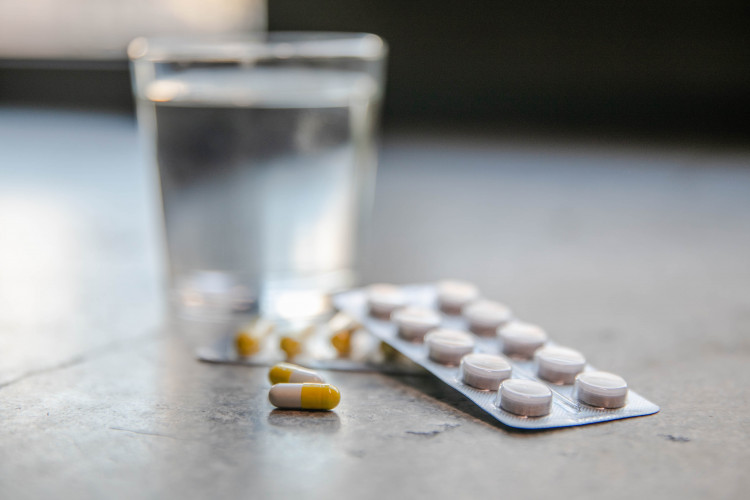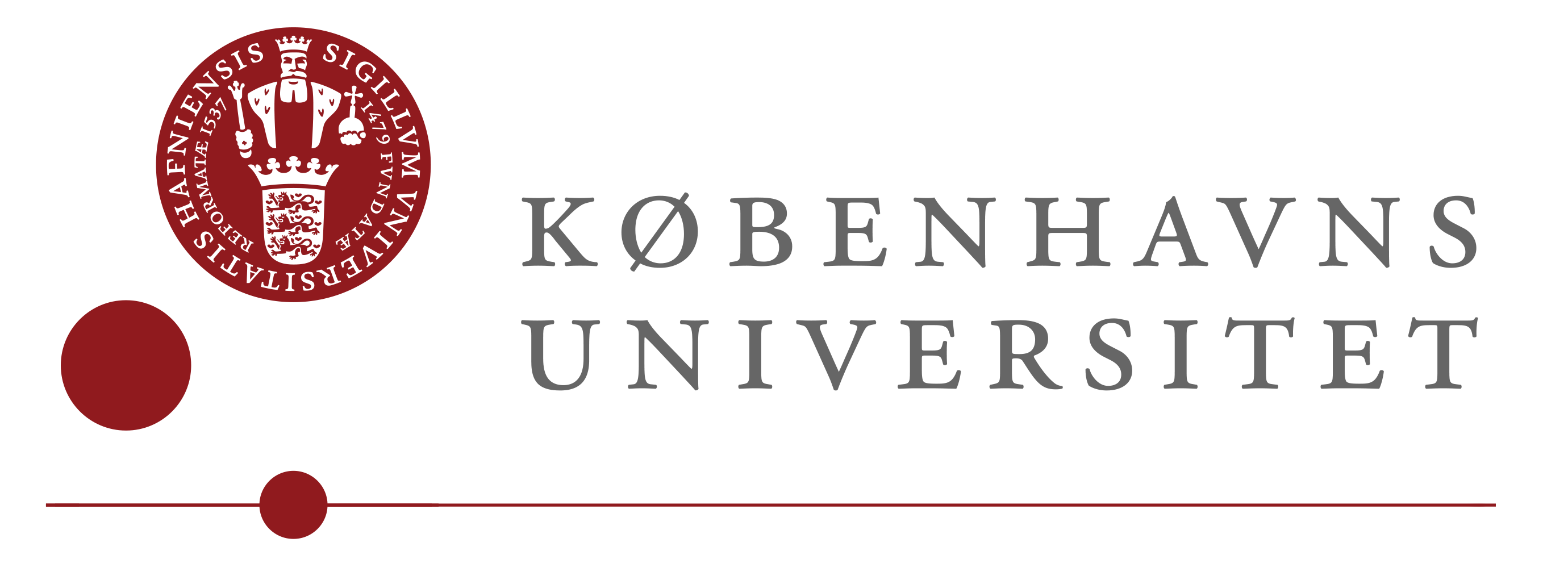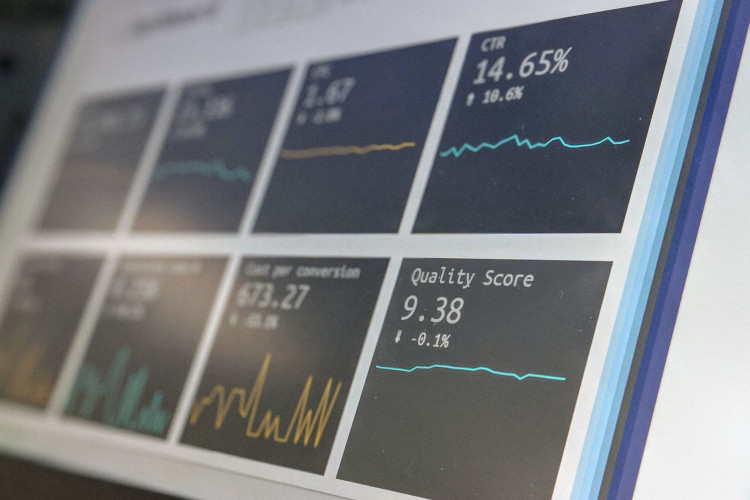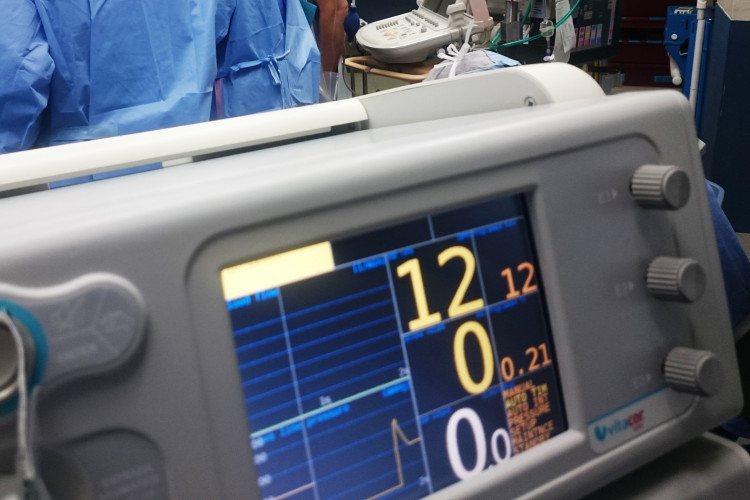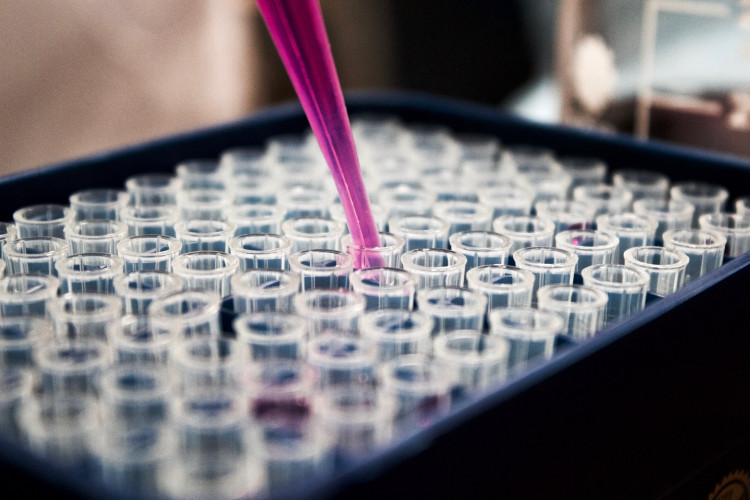In our recent life science newsletter of March 2016 we reported on the plan for a new scheme for prioritizing medicine expenditure in Denmark. Danish Regions and Danish Parliament have now reached an agreement on the principles of the establishment of the Medicine Committee (Medicinrådet).
On 3 April 2016, the Danish Regions’ new model for prioritizing medicine, the Medicine Committee (Medicinrådet), was approved by the parties of the Danish Parliament provided that seven prioritization principles applied to the Medicine Committee. Yesterday, Danish Regions made the adjustments to the Medicine Committee in accordance with these seven principles.
The seven prioritization principles
The seven prioritization principles outlined by the Danish Parliament regard the process of deciding on which medicine the regions shall use for standard treatment of patients under the seven main terms:
- Professionalism;
- Independence;
- Geographical equality;
- Transparency;
- Fast use of new and effective medicine;
- More health for money; and
- Access to treatment.
The principles will be incorporated in the workflow of the Medicine Committee. The Medicine Committee will compare the effectiveness of new medicine with the price of similar medicine on the market. The effect of the medicine in question will be the center of focus together with the well-being of patients, but if a new expensive pharmaceutical is not substantiated by appropriate evidence for a significant improved effectiveness compared to other less costly pharmaceuticals on the Danish market, it will not be approved for standard treatment.
Material adjustments
Following Danish Regions’ most recent adjustments to the Medicine Committee, it is now clear that it will be the Medicine Committee that has the final say when it comes to deciding on the use of medicine for standard treatment and not the Regions’ Pharmaceutical Organization (Amgros – wholesaler for medicine for Danish Regions) as up until now.
Furthermore, it is now clear that doctors’ free right of prescription continues to exist and patients in special circumstances may, thus, be prescribed expensive medicine despite such medicine not being recommended for standard treatment.
The composition of the Medicine Committee has also been adjusted compared to the initial proposal. Instead of having one representative, the Organization of Danish Medical Societies will now have three representatives. This entails changes in the number of representatives in the other categories as well. The new structure is as follows:
- A chairmanship consisting of one chairman and one deputy chairman (appointed in unison by the regions)
- Five medical directors (one from each region)
- Three representatives from the Organization of Danish Medical Societies
- Two clinical pharmacologists (appointed in unison by the regions)
- One hospital pharmacist (appointed in unison by the regions)
- Two representatives appointed by Danish Patients
- One representative from the Danish Health Authority
- One representative from the Danish Medicines Agency
- One representative appointed by the Danish Association of the Pharmaceutical Industry
- Two representatives may be appointed by the Medicine Committee (for a preliminary period of two years), if found necessary, to provide the Committee
- with special knowledge and competences
Next steps
The chairmanship of the Medicine Committee is expected to be appointed in May 2016, and a secretariat (also to be appointed) shall prepare the specific guidelines for the Medicine Committee.
Professionals and patient representatives as well as the industry will continuously be involved in the process of establishing the Medicine Committee.
The Medicine Committee is expected to be in force at the beginning of 2017.
Gå ikke glip af vigtig juridisk viden - Tilmeld dig vores gratis nyhedsservice
her →
